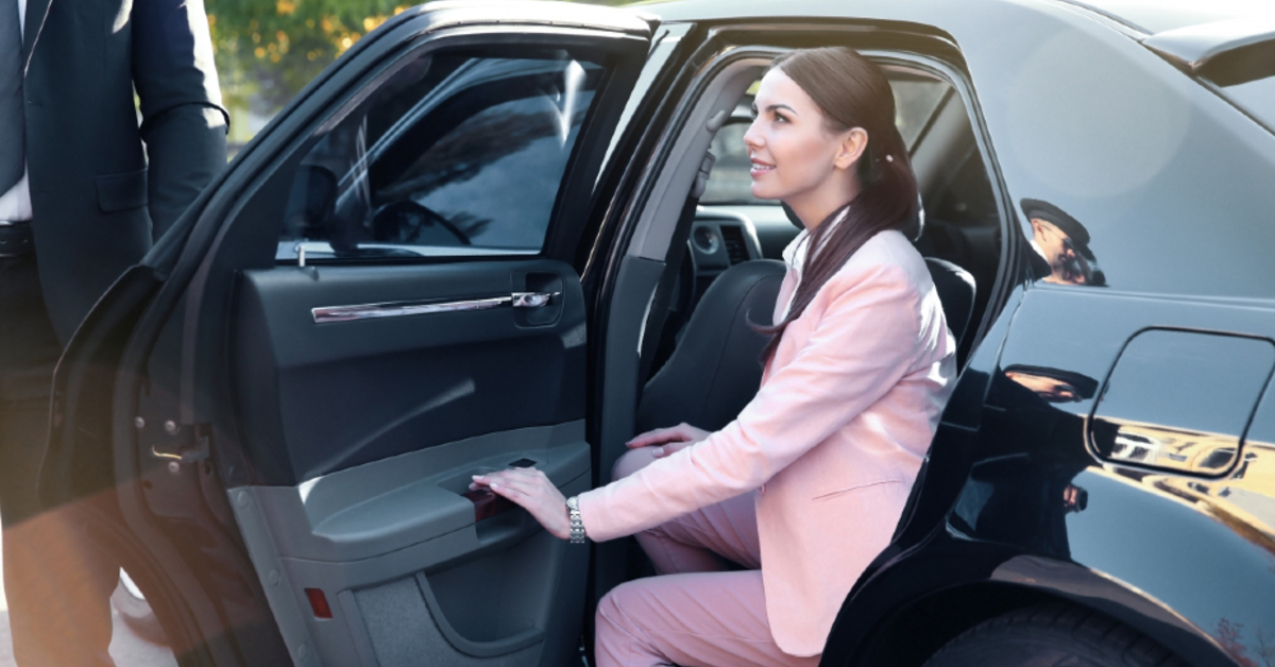If you are an online retailer then Image optimization is a word that you hear every day. Have you ever wondered why it’s important?
Usually, Product images are crucial elements of the eCommerce store. Unlike its popular definition of reducing image size, brands do invest more resources & time. They plan and execute product shoots to get good pictures to please consumers. There is more post-production that goes into it.
After all, your picture might not be optimized to increase the conversion rate. That can impact your ranking, sale, and profit. Here in the article let’s learn about popular ways to optimize images for the Shopify Plus store.
1. Optimize alt attributes
Alt attributes are nothing but a text alternative to the pictures if your browser couldn’t produce them. These are utilized for web accessibility. If images are provided and if you hover it you could view alt attribute text. This alt attribute includes SEO value to the website. Including suitable attributes which involve similar keywords to the pictures enables the site to rank higher in search engines. Utilizing alt attributes can show up products in web searches & Google images. Here are the simple tips to follow for the alt attributes:
- Formulate pictures in the plain language
- Do you sell products with serial or model numbers and s and then utilize them in the alt attributes?
- Never stuff alt attributes full of keywords
- Never utilize alt attributes for decorative images. You can get penalized for optimization by the search engines.
- Perform a sanity check. Look at the webpage source to find if the alt attributes are filled properly.
2. Go with the right file type
You are only thinking about .png and .jpg. JPEG provides a great overall balance for file size & quality. PNG images provide great transparency & quality elements. These could lose the quality of the image if they are reduced.
Shopify suggests JPEG for the product posts, pages, and images. PNG is used for decorative usage of file borders, trims & logos. This platform accepts .gif pictures but they are less quality. These could be great options if you like dynamic elements over the page.
Shopify automatically serves .png and .jpg files in the WebP format if browsers favor it. This file type was developed by Google for usage with pictures on sites. These WebP files are 30% smaller than their .png or .jpg equivalents, yet the quality is similar.
3. Include zoomable images
According to the studies, the ability for zooming high-quality images brings 3x conversion rates. You can find many ways to make the Shopify pictures zoomable.
Do you have developers on the team or you can also hire a Shopify agency that can quickly include zooming features via JavaScript? Go with JQuery, JS library, and JS framework Vanilla too.
Apps such as full Page Zoom include zoom-out and zoom-in icons for the picture. That access users enjoy full-screen pictures of the product. It could cost around $2.99 monthly along with a 30-day free trial too. Another tool as magic Zoom Plus access zoom preview on full view with a click. The full-time license charges $69. This app charges a fee for more features.
4. Develop an image sitemap
A sitemap is a record of the store’s pages that you like to display in the search results. Shopify cab automates the process of formatting & creating. The one thing that’s left is submitting a sitemap to the search engines. You don’t get flexibility with the Shopify-generated file, it doesn’t involve pictures.
Creating distinct image sitemap access search engines find product photos then rank them. For creating those files, consult a Shopify plus agency or apps such as Image Sitemap
5. Images should be mobile-responsive
Mobile e-commerce is an upward trend now as days. Statistics reported that over 73% of shoppers are more likely to go with mobile devices than desktops. Ensure the store is mobile-friendly which makes you a secure consumer base.
The best thing is that Shopify resizes mobile for fitting the mobile screens. You could recheck how pictures look over mobile as they get blurred. Or the crucial elements could be unnoticed by the viewers.
- While making images mobile responsive make sure to go with square images then make the product vertically & horizontally centered.
- Go with warm lighting
- Lazy loading might work for mobiles.
6. Get original images
Shopify stores get heavy on the pictures. So design each image carefully. Try to answer these queries right before you reach a new image:
- Find if the picture is primarily decorative or used to attract attention.
- See if people can explore & zoom in on pictures in a detailed way.
- Can it be placed like a hero image over the homepage?
- Can it be placed in my collection of images?
- Create a different image, and think if you need backgrounds reflectors, or lights.
- Do I need to hire a Shopify agency or a professional product photographer?
Now look at these answers and think about the image angle, characteristics, and proportions. In terms of technicality, go with appropriate dimensions and quality.


